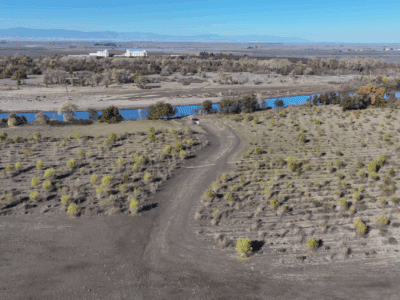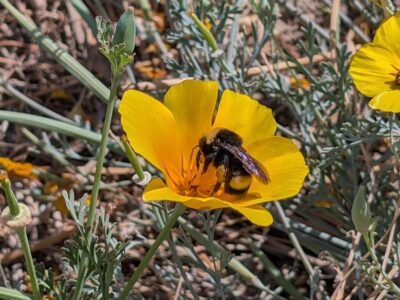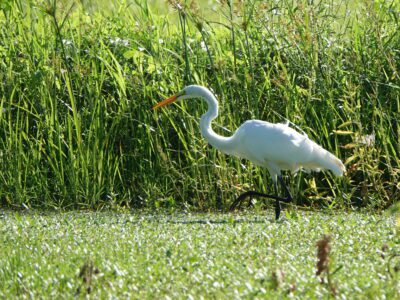Close to the geographic heart of California, a California Conservation Corps crew experienced climate change ground zero last July.
The crew was working on the largest floodplain restoration project underway in the state, at Dos Rios Ranch in Stanislaus County, planting thousands of native trees, shrubs and grass, under direction of our nonprofit group, River Partners.
The restored floodplain will provide flood security, habitat for endangered species, and many other climate-protection benefits.
As the crew worked, the northern horizon turned gray and air quality reached threatening levels. Northern California was on fire.

Soon after, our crew departed to support firefighters on the massive Carr Fire. It was the first time in River Partners’ 20-year history that our crew transitioned overnight into a full-fledged climate response unit: one fighting floods and fires back-to-back.
Climate change is projected to decrease our snowpack, which will increase wildfires and magnify extreme weather events including drought and floods. From now on, we must learn to fight all three every year, sometimes simultaneously.
Based on his statements, Gov. Gavin Newsom may not follow the Brown administration path on water policy. Indeed, the first months of a new administration are a time when new ideas can sprout.
River Partners and our allies have shown that we take nonpartisan, locally-based action to protect communities, farms and environment from the triple water threats of climate change. Over the past two decades, we have done this on over 100 projects across the state.
Our floodplain reforestation projects are biodiversity hotspots and climate-protection powerhouses that cost far less than old-fashioned gray infrastructure of levees, dams and reservoirs.
They provide highly-effective flood safety by strategically spreading floodwater. Floodplain forests combat the effects of drought by recharging groundwater and increasing freshwater supply.
Wildlife feeling the stress of climate change can shelter, feed and breed in these restored ecosystems, which also store carbon at more than twice the rate of mature forests.

California’s visionary 2017 Central Valley Flood Protection Plan says that the Dos Rios Project, and others like it, are needed to prepare for the impacts of a warming climate.
The Flood Plan forecasts that climate change will turn much of today’s snowpack into rain, leading to an 80 percent increase in peak San Joaquin River flood flows. That’s a daunting prospect for towns along the San Joaquin River already vulnerable to rising rivers.
The good news is that River Partners and our partners across the state have a blueprint for cost-effective, natural solutions to the formidable challenges California faces as our planet warms. To secure California’s future, we need statewide leadership to prioritize and expand floodplain restoration today.
River Partners and our partners know that successful restoration projects take years of sustained effort. In our distraction-filled world, it can be tough to keep our eyes on the ball. It’s easy to convince people to invest in flood solutions right after a flood, or discuss fire after a catastrophic burn, or focus on conservation after a long drought. From now on, we must keep our eyes on all three of these balls, every year.
California is a world leader on climate issues. The Newsom administration and the California legislature have an opportunity to expand California’s global leadership in ecosystem recovery and integrated, climate-smart water management. Here at River Partners, we hope this is the kind of new water solution that Gov. Newsom is looking for. Consider this a standing invitation for a visit to Dos Rios Ranch, climate change ground zero.
Julie Rentner wrote this commentary for CALmatters.








